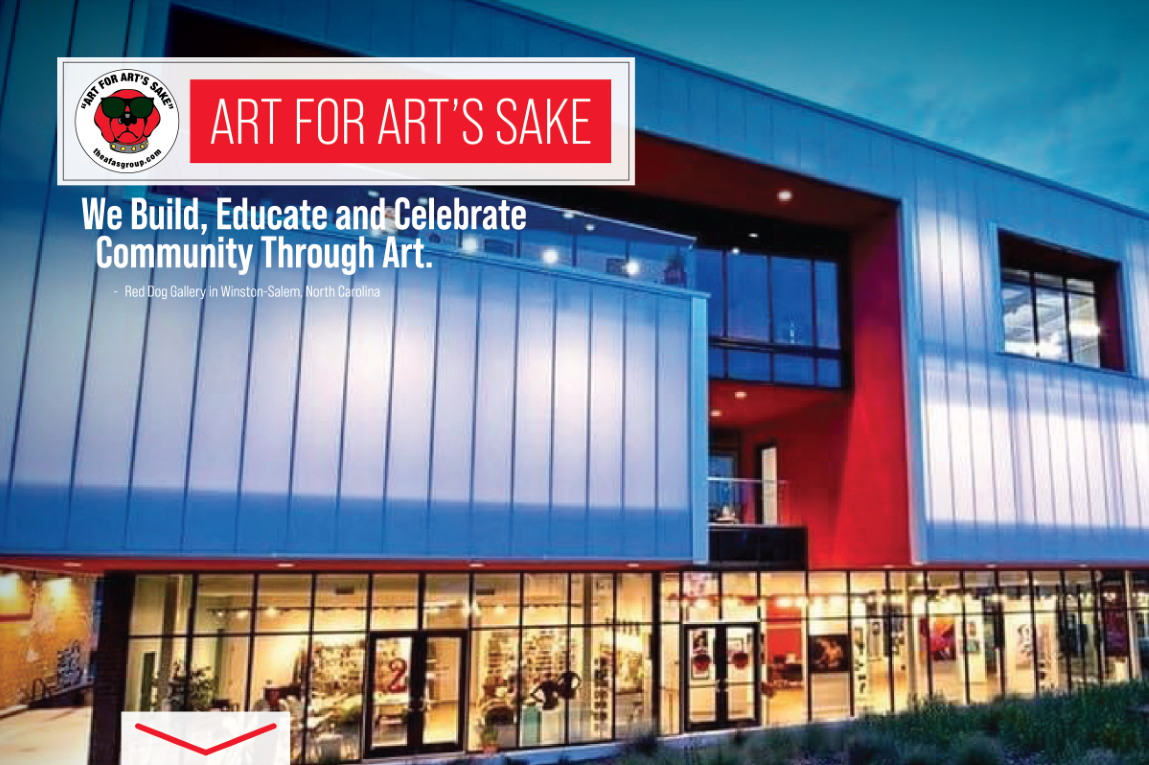Halima Wesley
Business Name: Prepossessing
Type of Work: Clothing Design
Contact Information
Email: hnwesley@gmail.com
Biography
Halima Wesley (°1990, New York , United States) is an artist who works in a variety of media. With a conceptual approach, Wesley tries to approach a wide scale of subjects in a multi-layered way, likes to involve the viewer in a way that is sometimes physical and believes in the idea of function following form in a work.
Her artworks are based on inspiring situations: visions that reflect a sensation of indisputability and serene contemplation, combined with subtle details of odd or eccentric, humoristic elements. By replaying the work for each exhibition and pushing the evocative power of the work a little further, she seduces the viewer into a world of ongoing equilibrium and the interval that articulates the stream of daily events. Moments are depicted that only exist to punctuate the human drama in order to clarify our existence and to find poetic meaning in everyday life.
Her works are presented with the aim not to provide an idealistic view but to identify where light and the environment are important. The energy of a place and its emotional and spiritual vibrations are always important. By applying a poetic and often metaphorical language, she touches various overlapping themes and strategies. Several reoccurring subject matter can be recognized, such as the relation with popular culture and media, working with repetition, provocation and the investigation of the process of expectations.
Her works are given improper functions: significations are inversed and form and content merge. Shapes are dissociated from their original meaning, by which the system in which they normally function is exposed. Initially unambiguous meanings are shattered and disseminate endlessly. In a search for new methods to ‘read the city’, her works references post-colonial theory as well as the avant-garde or the post-modern and the left-wing democratic movement as a form of resistance against the logic of the capitalist market system.
Her works demonstrate how life extends beyond its own subjective limits and often tells a story about the effects of global cultural interaction over the latter half of the twentieth century. It challenges the binaries we continually reconstruct between Self and Other, between our own ‘cannibal’ and ‘civilized’ selves. By demonstrating the omnipresent lingering of a ‘corporate world’, she tries to create works in which the actual event still has to take place or just has ended: moments evocative of atmosphere and suspense that are not part of a narrative thread. The drama unfolds elsewhere while the build-up of tension is frozen to become the memory of an event that will never take place.
Her collected, altered and own works are being confronted as aesthetically resilient, thematically interrelated material for memory and projection. The possible seems true and the truth exists, but it has many faces, as Hanna Arendt cites from Franz Kafka. By applying abstraction, she wants to amplify the astonishment of the spectator by creating compositions or settings that generate tranquil poetic images that leave traces and balances on the edge of recognition and alienation.
Her works doesn’t reference recognizable form. The results are deconstructed to the extent that meaning is shifted and possible interpretation becomes multifaceted. By contesting the division between the realm of memory and the realm of experience, she wants the viewer to become part of the art as a kind of added component. Art is entertainment: to be able to touch the work, as well as to interact with the work is important.
Her works often refers to pop and mass culture. Using written and drawn symbols, a world where light-heartedness rules and where rules are undermined is created. By using popular themes such as sexuality, family structure and violence, she focuses on the idea of ‘public space’ and more specifically on spaces where anyone can do anything at any given moment: the non-private space, the non-privately owned space, space that is economically uninteresting.
Her works are often about contact with architecture and basic living elements. Energy (heat, light, water), space and landscape are examined in less obvious ways and sometimes developed in absurd ways. By creating situations and breaking the passivity of the spectator, she absorbs the tradition of remembrance art into daily practice. This personal follow-up and revival of a past tradition is important as an act of meditation.
Her works sometimes radiate a cold and latent violence. At times, disconcerting beauty emerges. The inherent visual seductiveness, along with the conciseness of the exhibitions, further complicates the reception of their manifold layers of meaning. By emphasizing aesthetics, she tries to focus on the activity of presenting. The character, shape or content of the presented artwork is secondary. The essential things are the momentary and the intention of presenting.
Her works appear as dreamlike images in which fiction and reality meet, well-known tropes merge, meanings shift, past and present fuse. Time and memory always play a key role. By putting the viewer on the wrong track, she creates intense personal moments masterfully created by means of rules and omissions, acceptance and refusal, luring the viewer round and round in circles.
Her works directly respond to the surrounding environment and uses everyday experiences from the artist as a starting point. Often these are framed instances that would go unnoticed in their original context. Halima Wesley currently lives and works in Greensboro .
Other Information
| Commission Work | |
| Sells Work | |
| Studio | |
| Instruction | |
| Sells Work at Red Dog Gallery |
